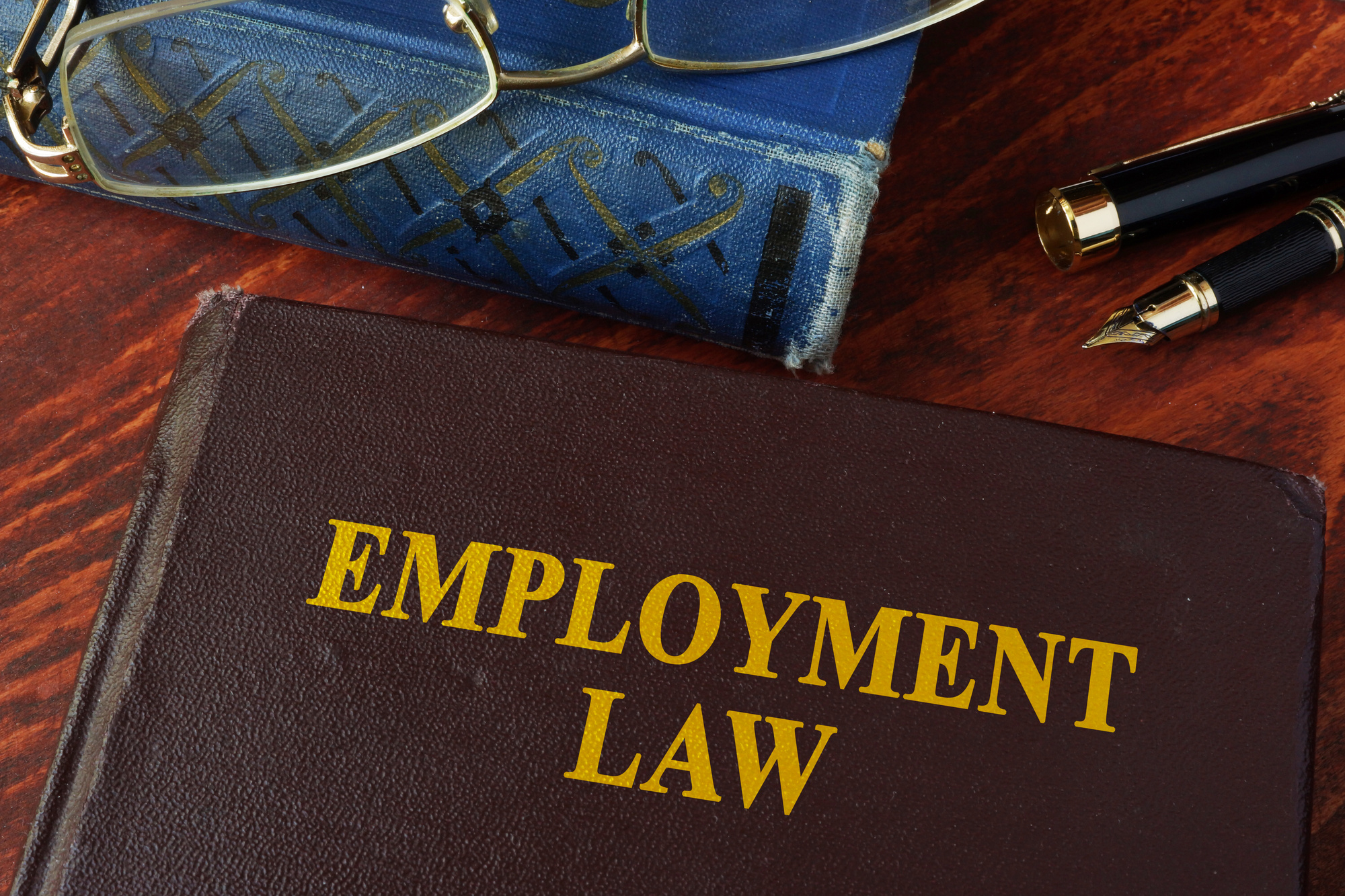FINRA offers two non-judicial dispute resolution proceedings: arbitration and mediation. Arbitration and mediation are faster, less expensive ways to resolve securities-related disputes than litigation. When a case is closed, FINRA Dispute Resolution Services sends invoices to all parties involved for any fees charged during the process. These include hearing session fees, contested subpoena fees and motion-related fees.
The Pre-Hearing Conference
The Initial Pre-Hearing Conference is the first time the arbitrators and parties meet in person or via video conference to schedule evidentiary hearings, establish discovery deadlines, briefing periods and motions, and other preliminary matters. Except for awards in FINRA employee claim cases, which must be reasoned decisions, FINRA arbitration panels do not offer explanations for their choices. This lack of a required description can mean that the panel may adopt or reject your argument without providing a detailed rationale.
In a typical FINRA case, the arbitration panel will state a decision within a few weeks. The statement of decision includes a description of all the evidence presented and will indicate whether the panel has adopted or rejected your arguments. The panel will also order the respondent to pay your damages within 30 days. If the award is not paid, you can take steps to enforce it. FINRA will assist you with this process. FINRA will also facilitate mediation between you and the respondent to reach an out-of-court settlement.
The Statement of Claim
If you believe that a broker or financial advisor’s acts or omissions caused you to lose money, you can file a claim with FINRA. You must submit a statement of claim and other documentation and sign a submission agreement. The statement of claim will state what you’re claiming and why, along with a demand for relief. The request for relief specifies the type of remedy you’re seeking, which could include monetary compensation, contract damages, or specific performance. Once your statement of claim is filed, FINRA will notify the broker or financial advisor and their employer that they have received a lawsuit against them. The respondent will then have 45 days to answer your claim.
If you and the respondent cannot settle your case, the arbitration panel will schedule a pre-hearing conference to establish a timeline for discovery. The panel may also rule on motions and discovery disputes at this time. FINRA has limited grounds for pre-hearing dismissals and no rules allowing summary judgment motions, so these cases tend to go to a hearing (FINRA estimates 10%-15% of all claims end up in a hearing). In addition, there are no explicit rules governing evidence, so the panel can decide what weight certain evidence should carry.
The Submission Agreement
FINRA has streamlined its dispute resolution procedures in keeping with modern client expectations. In arbitration cases, a case can often go from initial pleadings to a final award within 12 months. In addition, FINRA offers the option for lower-value disputes to be decided by a simplified process, eliminating the need for full and lengthy evidentiary hearings. In a typical arbitration, the parties will be provided with a list of potential arbitrators and disclosure reports, which provide detailed information about each potential arbitrator’s background and experience. Both parties can strike from consideration any potential arbitrators they feel should not serve on their panel and then rank the remaining potential arbitrators in order of preference. Unlike a court trial or an arbitration hearing, where the parties can only communicate through their attorneys, both parties can speak directly to and express themselves to the neutral mediator in mediation. In addition, mediation can usually be conducted in one session and is held either in person or by video conference. The mediation process is confidential. However, if the parties agree to a settlement during mediation, a written agreement must be signed and recorded in the FINRA case.
The Arbitrator Selection Process
According to FINRA’s arbitration rules, those involved in a dispute can select one or multiple arbitrators to preside over the case. In many cases, the parties also agree to mediate. Mediation is a non-binding process in which a neutral mediator helps the parties settle their dispute. During the arbitration process, both parties will have the opportunity to engage in discovery. It involves the exchange of documents and witnesses. After discovery is complete, the hearing will take place. The arbitrators will sit around a conference table, and each party will present their story. The panel will then make a decision, called an award, which is final and binding.
The Hearing
Hearings share similarities with trials as they involve the arbitrator or a group of arbitrators serving as fact-finders. The parties submit evidence in the form of testimony and documents, and they can cross-examine witnesses and call rebuttal witnesses. The arbitrators also listen to any motions and discovery disputes that have arisen in the case. FINRA rules require that three arbitrators hear cases with damages exceeding $100,000. When a case qualifies for a panel, FINRA distributes lists of arbitrators to the claimant and respondent. Each party has the right to strike four arbitrators from the first list, six from the second, and ten from the third. The remaining arbitrators are ranked in order of preference, and the arbitrators choose their panel. Most arbitrations are resolved with a settlement. The agreement must be recorded in writing and signed by both parties to the dispute. A copy of the payment must be filed with FINRA within 15 days after the initial pre-hearing conference. The agreement is enforceable by the courts. However, if you are not satisfied with the result of your arbitration, you may file a new arbitration or reinstate an existing one.







